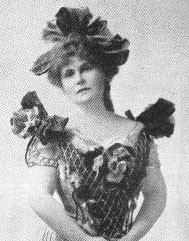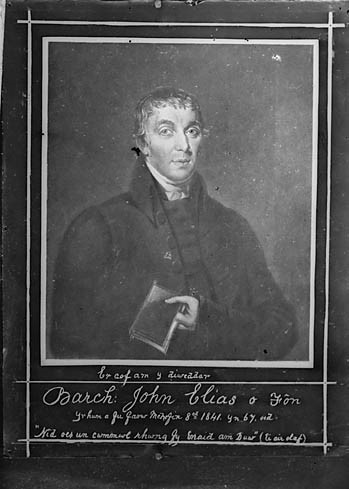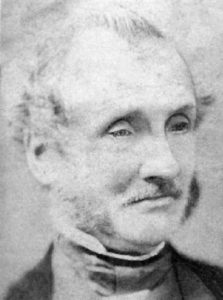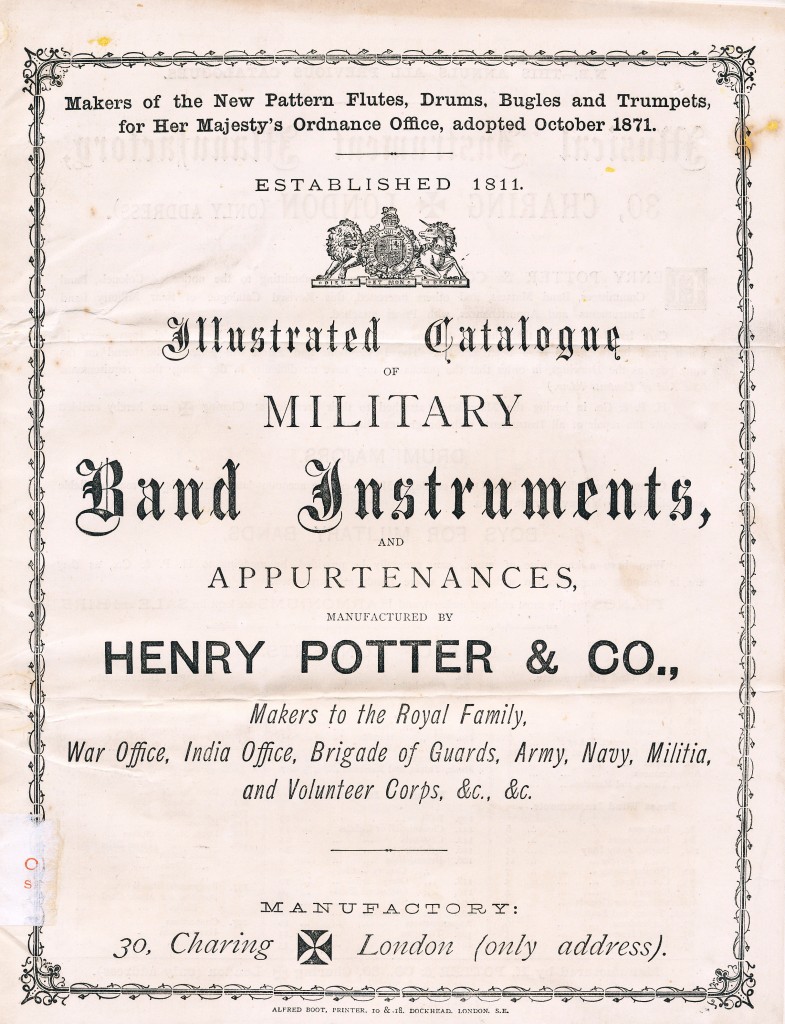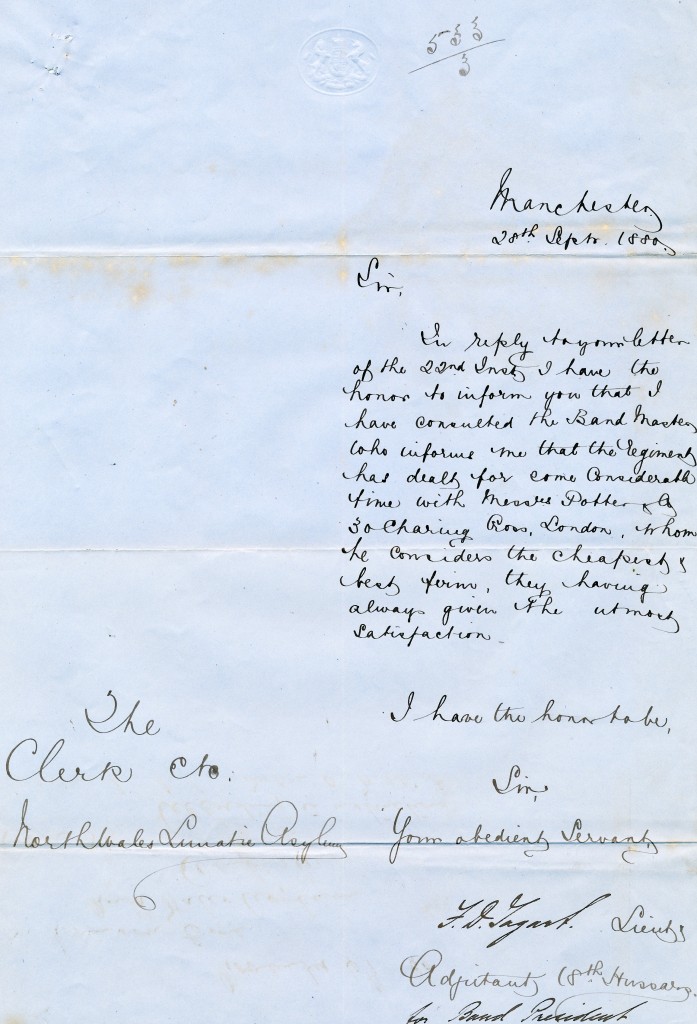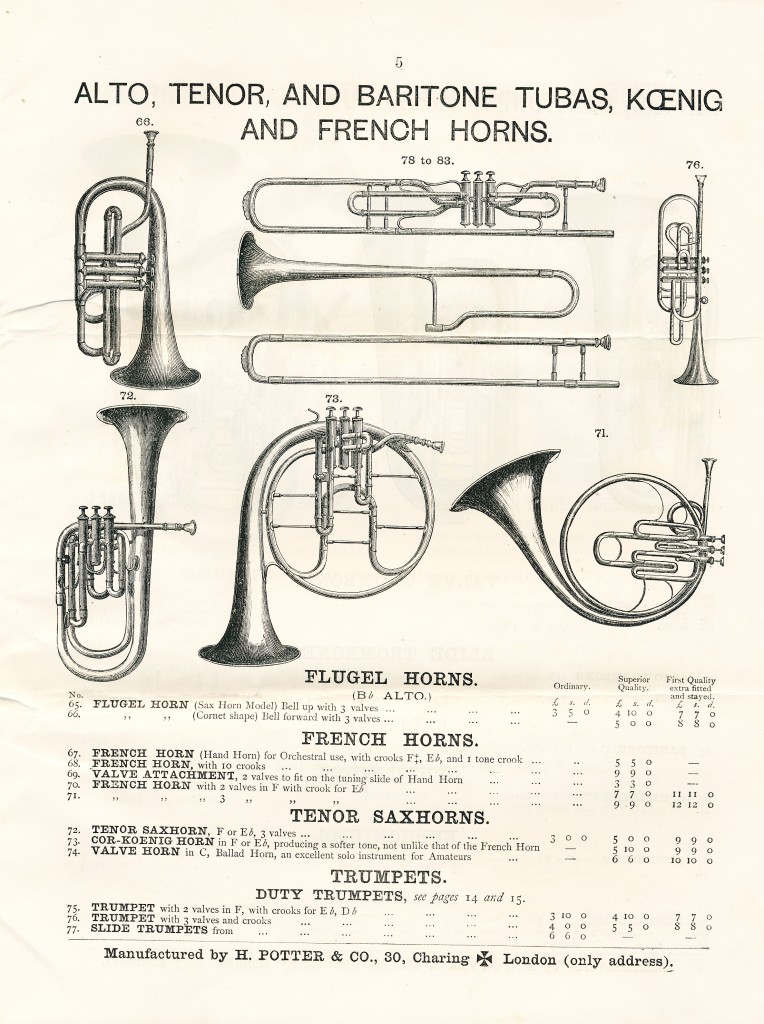gan Manon Steffan Ros
Rydw i’n dychwelyd.
Bore newydd, a’r llechi dan fy mwtsias yn llafna’ mân, lliw cleisia’. Pob cam yn swnio fel miloedd o bethau bach cain yn torri. Pob cam yn fy arwain i ’nôl.
A finna’ wedi coelio mor angerddol y medrwn i ffeirio ogla’ glân y ‘sbyty am bersawr swper ar y stôf. Y bydda’r llwch chwarel yn gleniach na’r waliau gwyn. Y bydda’ fy llonyddwch fy hun yn fodlon ildio i gyrff chwim a dwylo barus fy mhlant. Y byddwn i’n well … Yn wahanol.
Rydw i’n hiraethu am Ddimbach, fel ro’n i’n hiraethu am Fethesda gynt. Yn brifo, o hyd, isho adra. A fanno’n le llwyd, yn daith trên i rywle na wn i lle mae o. Rhywle rhwng Dyffryn Ogwen a’r seilam, falla. Rhwng gadael y ‘sbyty yn llawn gobeithion, yn lân, yn iach. A dychwelyd i olygon wyneba’ chwilfrydig, oeraidd yn dynn arna i. Fel tasa nhw wedi colli ‘nabod ar bwy ydw i, er ‘mod i’n un ohonyn nhw erioed. Fy ngwên yn cael ei golchi i ffwr’ gan chwys gwres y gwrid.
Mi fedra i glywed y trên yn y pellter, yn chwythu ei chymyla’ poeth i’r awyr las. Mae hi’n swnio fel tasa hi’n anadlu. Yn rhywbeth sy’n byw i achub pobol o fröydd creulon eu mebyd. Bydd hi’n mynd a finna’, heddiw, os gwna i frysio … Yn fy nychwelyd i.
Mae sŵn y llechi mân fel tasa fo’n mynd yn uwch dan fy ngwadna’. Rydw i’n cracio’r byd efo pob cam.
Neithiwr, ym mol y nos, a dim yn goleuo’r llofft bach ond lleuad wallgo’ dew, gwyliais y plant yn cysgu. Roedd popeth yn ddu a gwyn yn y gola’ lliw llefrith, a’r ddau mor llonydd â chyrff celain dan eu cynfasa’.
Rydw i wedi gwneud fy ngora’ glas… Wedi trio tocio a meithrin fy ewyllys: newid fy hun ar gyfer y rhain. Ond peth gwan a gwelw ydi ‘ngora’ glas i, a wela’ i ddim yn y gwlâu heblaw pwysau annioddefol eu cyrff, yn faich rhy drwm i mi fedru ‘ddiodda’. Wedi chwyddo’n gig a gwaed a gwallt a gwinadd o ‘mherfedd i, tydi ‘mhlant yn perthyn dim i mi.
Fedra i mo’u caru nhw.
Mi alla i weld y stêm o’r trên yn codi yn y pellter, y tu hwnt i’r coed. Bydd o yma cyn bo hir, ac mi ga’ inna’ ddianc. O ‘mlaen i, fel craith dros y llwybr, mae’r traciau, yn galed ac yn gadarn ynghanol tynerwch y coed. Aros. Aros. Mi ddaw’r injan i’m hebrwng i o ‘ma: Mi ga’i adael eto.
Mae ‘na ffasiwn hiraeth, yn barod, am yr hyn fydd yn weddill ohona i. John, a’r cymyla’ yn ei lygaid pan mae o’n edrych arna i. Chwerthin y plant yn codi o’r iard gefn, yn afreolus o lawen. Anadl Afon Ogwen o gysgodion cefn y stryd, yn mynnu sibrwd geiria’ sydd ddim yn bod.
Fi. Yn nrych y llofft, a fy wyneb i’n welw fel lleuad neithiwr, yn dangos dim byd. Bydd y drych yn wag rŵan: dim ond llinellau taclus yr ystafell i’w gweld ynddi, a rhywsut, mae ‘na gysur mor gynnes wrth feddwl am hynny. Wrth feddwl am yr holl lefydd gwag fydd ar fy ôl i. Cadair wag y gegin; hanner gwag y gwely; dillad heb eu llenwi yn crogi fel ysbrydion yn y cwpwrdd dillad. Bydd popeth yn lanach, yn well.
Y trên.
Ma’ hi’n sglein i gyd dan yr haul, ac yn brysio’n gynddeiriog i ‘nghyfeiriad i, y tân yn ei bol yn saethu ei chorff chwilboeth at fy llonyddwch.
Mae’r traciau mor lân, mor syth, mor gadarn. Fel gorwel. Fel ffin. Un cam i gael gorffwys yn llwybr yr injan, ac mae’r cerrig mân dan fy ngwadnau yn swnio fel miloedd o bethau bach cain yn torri.
Rydw i’n dychwelyd.
